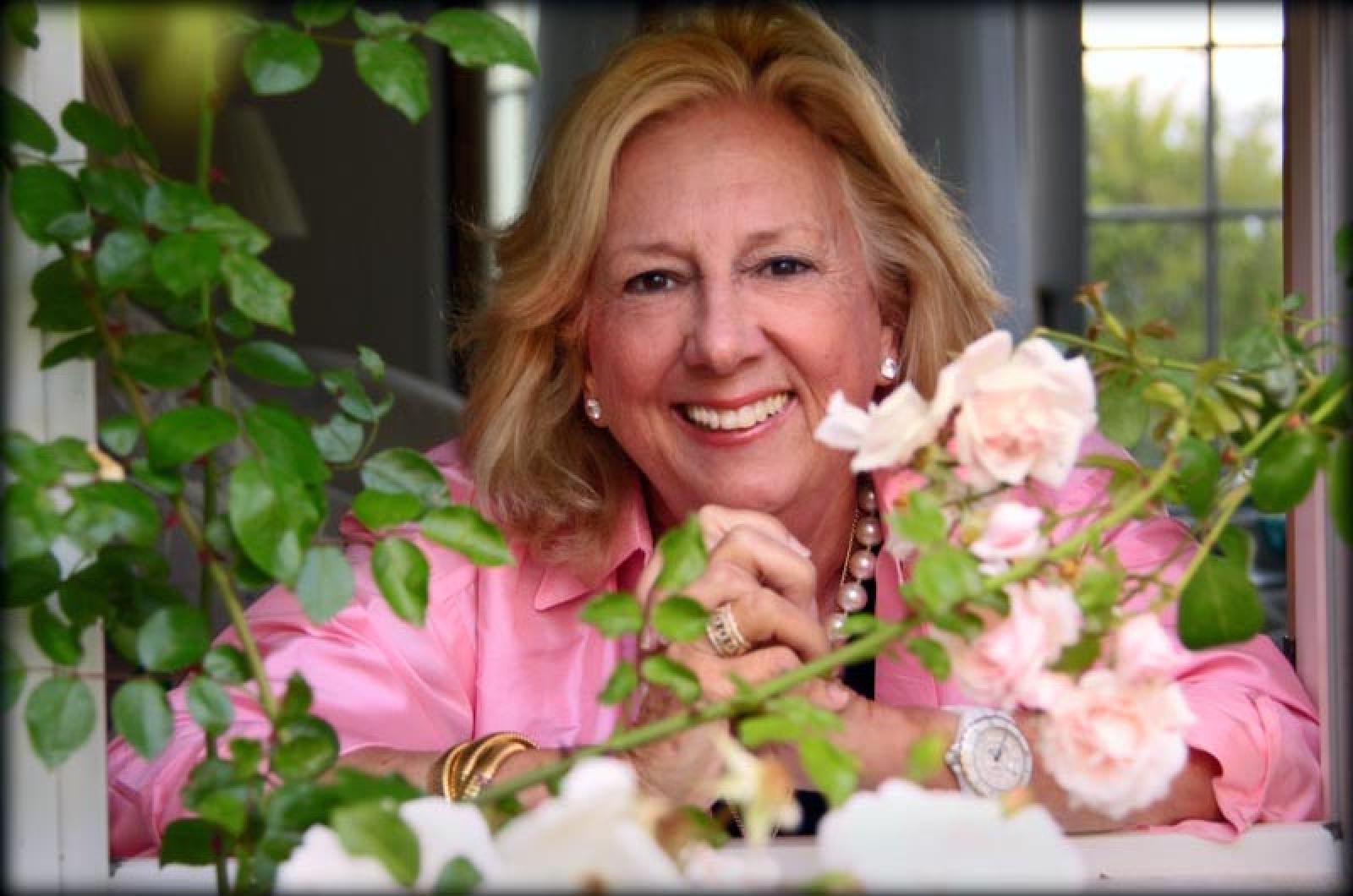When the body of a homeless girl washes up in a pond in Central Park, it’s up to Assistant DA Alex Cooper, along with her steadfast detective team Mika Chapman and Mercer Wallace, to delve into the long-forgotten chambers in the heart of Manhattan. Linda Fairstein’s new thriller, Death Angel, is the 15th in a series chronicling the investigations of Alexandra Cooper, prosecutor in charge of the special victims unit in New York city. Once again, Ms. Fairstein illuminates the menacing nighttime escapades and long lost skeletons, literal and metaphorical, of a city that refuses to sleep.
“There’s so much rich history in New York and unfortunately there’s also enough crime that you can tell a crime story that’s got a realistic base while retaining a historical backdrop,” said Ms. Fairstein in an interview with the Gazette. While investigating the death of an unidentified vagrant female, Agent Cooper comes across a graveyard filled with people who had lost their homes during the construction of Central Park in 1857.
“I’ve always wanted to write about Central Park in one of my books,” said Ms. Fairstein. “But the precipitating event for me was the dig that was conducted by Colombia University anthropologists which found Seneca Village back in 2011. I’d never known about that part of the park’s history.”
Seneca Village was a small area that was home in the mid 1820s to one of the first communities of African American property owners in Manhattan.
“When I read that these people had homes, they had schools, they had churches and cemeteries, those were the four things that drew me to the fact that these were not transients. These were not shanty towns. These were people who built middle-class homes and lived within the perimeter of what’s now the park. And when the city took the property by what is called eminent domain and then just drove over it . . . when the anthropologists who did the dig showed me videos and photographs, the cemeteries still exist. They were just bulldozed over. The foundations of these houses and churches exist. They were just gone over. In looking for the people, nobody knows what became of these people they scattered. They diffused into the city. I am very drawn to haunting stories.”
Ms. Fairstein worked as head of the sex crimes unit of the district attorney’s office in Manhattan for 20 years. For her novels she is able to draw on her years of experience as a lawyer. However, despite a shared attention to minutiae both in her legal work and in her writing, Ms. Fairstein makes it clear that the two processes are divided by disparate senses of urgency.
“I am still a lawyer and do investigations on cases, which requires a much more rigorous process. As a crime novelist I use the ‘what if?’ to get your imagination into the story. What if those caves in Central Park were open during my prosecutorial day? What could have gone on?”
“When I started to research Seneca Village I came upon an article in The New York Times. The headline was that a runaway girl was found hiding in a cave in Central Park. She disappeared from the East Side of Manhattan. Her parents looked for her for months. She was 15. The police looked and finally got a tip that somebody had seen her in the park. They went searching and literally found her reclining on a rock inside a cave in Central Park. The punch line of this is that the article is dated 1897. It read so much like something I could have worked on and that’s what drew me into the story.”
It is this combination of mystery and history that continually draws both Agent Cooper and readers into the imaginative world of Ms. Fairstein, where ephemeral whispers of the forgotten and discarded people of Manhattan are never silenced.
Linda Fairstein reads at 7 p.m. on Aug. 7 at Bunch of Grapes Bookstore in Vineyard Haven and at 9 a.m. on Aug. 8 at Edgartown Books.





Comments
Comment policy »